Вы здесь
History of Khojeyli.
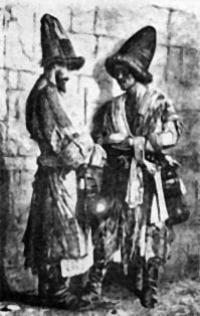
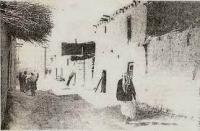
Trip to town of Khojeyli.
"Anyone who walks will master any road"
Karakalpak proverb.
Sights of Khojeyli.
"Khodjeyli is a small town in the lower reaches of the Amu Darya, between Nukus and Petro-Aleksandrovsk, it was built on the very shore and partly even protrudes into the water as a long street of coniferous buildings: this is Bazarnaya street.
The main trade of this town, inhabited mainly by the Karakalpaks, is carried out by water, on rafts and boats, which is why the original location of Bazarnaya Street is just the right thing, and the view of this Amu Darya Venice, caused by the trade method, is extremely original, and at night, in the light lanterns even a spectacular impression: the ebullient, noisy activity of the inhabitants increases the charm of the picture. The only thing that spoils the overall impression is the impossible smell of sesame oil and garbage." Niva magazine, No. 3, 1886.
The name Khodjeyli in the lexical translation means "the tract of the Khodja clan". Indeed, the city is exclusively occupied by the Khoja, the descendants of Seid-ata. According to this ancestor, the Khodjeyli people are relatives of the Khoja of Turkestan.
The following legend has been preserved about the appearance of Khojeyli: the inhabitants of Khojeyli say that about six hundred years ago, Aminutdin-Khoja, nicknamed Alyamin-Khoja, migrated here from Turkestan.
He decided to settle on the site of the current Khodjeyli. Over time, Uzbeks and Kyrgyzs (Karakalpaks and Kazakhs, Polat) began to settle around him, who became his Miriuds (students). he tomb of this saint, which is very revered by the inhabitants of the city, is still preserved in Khojeyli.
The town has up to 300 shops and workshops, five mosques, the same number of schools, one madrasah and one caravanserai where visiting merchants stay. The coastal position of Khojeyli on the banks of the Amu Darya developed fishing here.
Despite the primitive way of fishing, from Khodjeyli, Kungrad and their environs, as they say, every year from 50 to 200 boats of dried fish, mainly carp and catfish, float up the river to the Bukhara Khanate. The price of fish depends on its demand in the Bukhara market.
At a cheap time, six Khiva fish batmans (equal to one Bukhara) are sold in Khojeyli for 30 tenge, and in Bukhara for 60 tenge: at an expensive time, 6 tills or 54 tenges are paid for the same amount of fish in Khojeyli, and in Bukhara - 70 - 90 tenge.
Dried fish is transported from Bukhara to Samarkand, Karshi, Shakhrisyabz and Giss. The famous Uzbek archaeologist, academician Ya.G. Gulyamov believes that the fortification of Khojeyli arose in the 17th century in connection with the settlement of Uzbeks in tribal groups, when the Khoja eli clan (Khoja eli, vol.
That is, the Khodja clan) was included in the group (tyup). The rapid development of the city of Khojeyli falls on the 17th - 18th centuries. This was due to various reasons. First of all, at the beginning of the 17th century, with a change in the direction of the main channel of the Amu Darya from south to north, the value of the Aral Sea region and especially the Amu Darya delta decreased.
In the direction of the cities of Kungrad, Khojeyli, the population of Uzboy moved from Lake Sarykamysh. Here, the role of such tribal groups as Kip-Chak, Kanly, Konyrat and Mangyt, which formed such large settlements and fortresses as Mangyt Kala, Nokis Kala, on the territory of the modern farm Tashkent, Inak Kala "- on the territory of the farm" Hamza ".
The administrative-commercial, craft-industrial center of these settlements, fortresses was the city of Khojeyli. Among the townspeople, there were corporate associations and the location of each separate type of craft in the quarters.
Certain quarters of the town of Khojeyli in the XVIIth - XVIIIth centuries served as a place of settlement for individual artisans. In the center of the city, along the banks of the Suenli Canal, there were blacksmiths, jewelers, outside the town, in the south - a conchiler, nomads, in the north - potters, each of them had its own mosque, trade centers for artisans, etc.
The roads were oriented towards the Amu Darya River and land roads connecting the city of Khojeyli with the cities of Kunya-Urgench, Khiva, Kungrad, etc. The monuments of the 16th - 18th centuries of the city of Khojeyli and its environs include the Suenli, Lauzan canals, the Shamun-Nabiy, Rezheb Khalfa, Kyryk Shopan, Zhumrad kassab, Zhuma mashid (grave structure) mausoleums located on the hill of Mazlumkhan Sulu.
The foundations of the history of the town of Khojeyli were laid in the XVIIth century. Legend has it that an ancient settlement previously existed on the site of this city. About the origin of the name different opinions were expressed in the town.
Even in some scientific works there are such superficial arguments as, for example, "the city was called Khojeyli, because Khojis lived here, the Khiva Khan sent several Khojas, therefore it was called Khojeyli ...".
During a trip to the Khiva Khanate, A. L. Kun wrote down a legend about the city of Khojeyli, which says that the beginning of the settlement of Khojeyli was laid by a native of Turkestan, Ishan Alamin-Khoja. According to legend, this ishan, with his pious life, attracted many Uzbeks who received the title of murids.
Having settled near the ishan's hut, they led a secluded life, having little contact with the rest of the population of the khanate. In the second generation, the tract began to be called Khodjeyli, which meant "the clan of the Khodja" Thus, the legend connects the foundation of Khojeyli with the activities of Khojas, who belonged to the Yassavi Sufi brotherhood.
In the central part of the delta and further south from the headwaters of Karabaila to Kubetau, the lands were owned by the Nukuz and Keeneses. Khoja-eli lived in Mazlumkhan Sulu (Mizdahkan) district.
Geographic coordinates of the city of Khojeyli: N42 ° 24'17.01 "E59 ° 26'41.87"
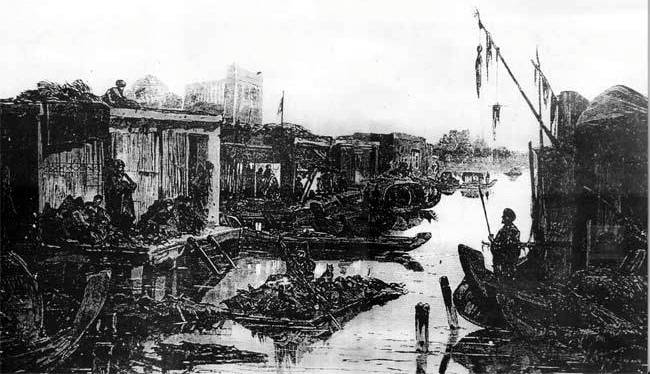
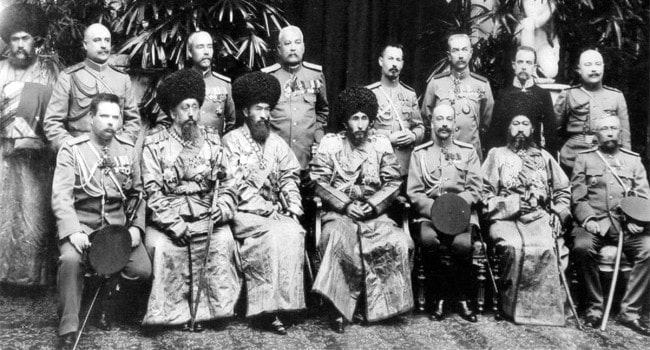
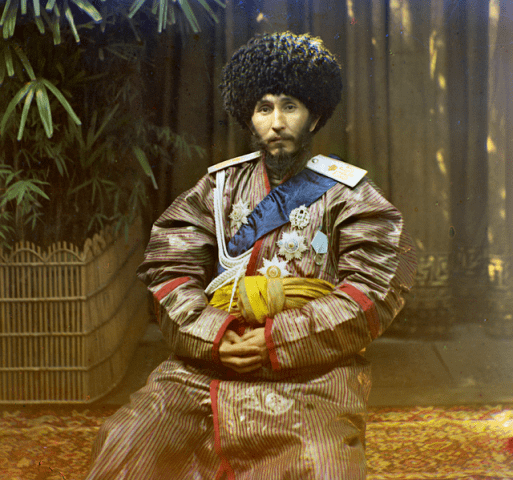
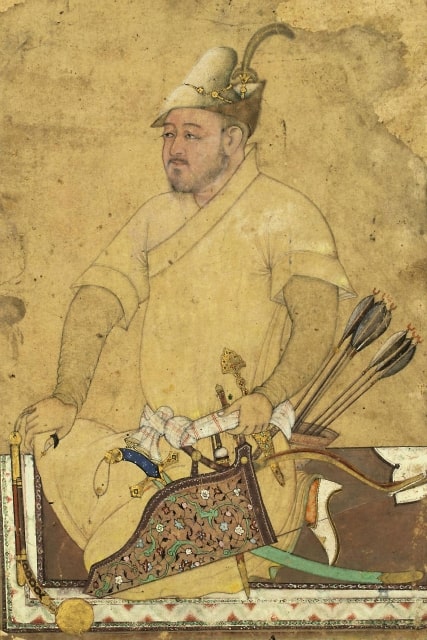
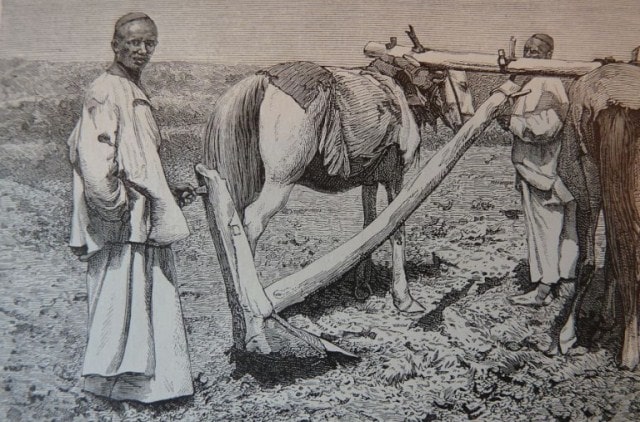
Authority:
https://forum-eurasica.ru/topic/6049-%D0%BA%D0%B0%D1%80%D0%B0%D0%BA%D0%B0%D0%BB%D0%BF%D0%B0%D0%BA%D0%B8/page/24/
Daniyar Belasarov







